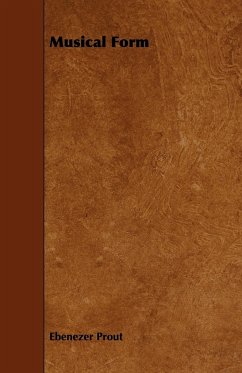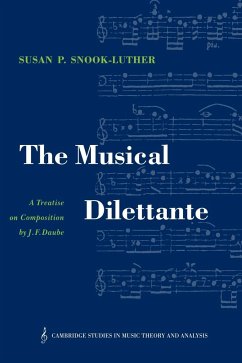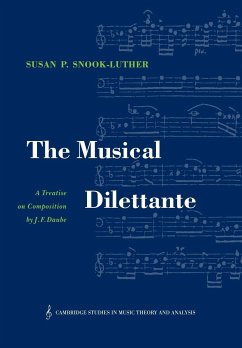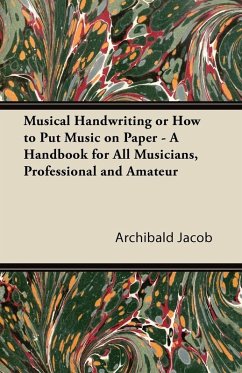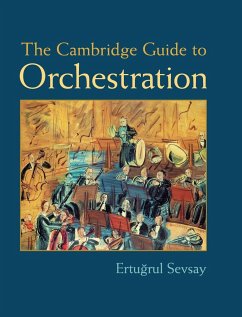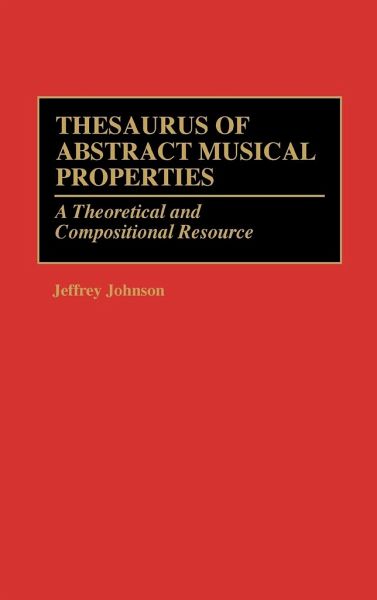
Thesaurus of Abstract Musical Properties
A Theoretical and Compositional Resource
Versandkostenfrei!
Versandfertig in 1-2 Wochen
77,99 €
inkl. MwSt.

PAYBACK Punkte
39 °P sammeln!
The discovery and application of abstract musical properties has had a prominent role in compositional and theoretical literature during the past 40 years, and an accumulation of source material has been produced that makes a single cross-referenced source essential for standard working procedures. Abstract musical properties, most often associated with analytical or compositional systems, are presented here in an unbiased context that allows the reader freedom of association and interpretation. This type of reference is an important tool for anyone who uses set-class analysis in coursework, o...
The discovery and application of abstract musical properties has had a prominent role in compositional and theoretical literature during the past 40 years, and an accumulation of source material has been produced that makes a single cross-referenced source essential for standard working procedures. Abstract musical properties, most often associated with analytical or compositional systems, are presented here in an unbiased context that allows the reader freedom of association and interpretation. This type of reference is an important tool for anyone who uses set-class analysis in coursework, or independent thesis research. This book is intended to help verify musical intuition and has an immediate practical application for composers and theorists curious about intervallic properties and transformational potentials of any pitch-class set. It can provide supplemental material for coursework involving theory, analysis, and stylistic awareness of compositional or analytical styles, and also for learning and confirming economical presentations characteristic of recent music-theoretical literature. Organized in two parts, the first is a profile of all set-classes in charts allowing quick comparisons among them, including set-class reference tables, set-classes arranged by ascending interval-class vectors, and a summary of transformational invariances. The second part focuses on individual set-classes, listing its contents, subsets, and significant references to the collection in musical or theoretical literature. Internal segmentations of each set-class that are more structurally informative and memorizable than prime-forms are offered. Three appendices, an extensive bibliography, an index of selected analytical viewpoint and styles, and an index of terms are also included.



